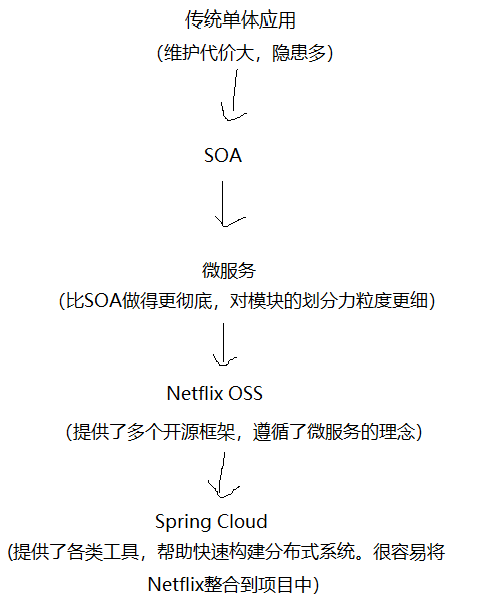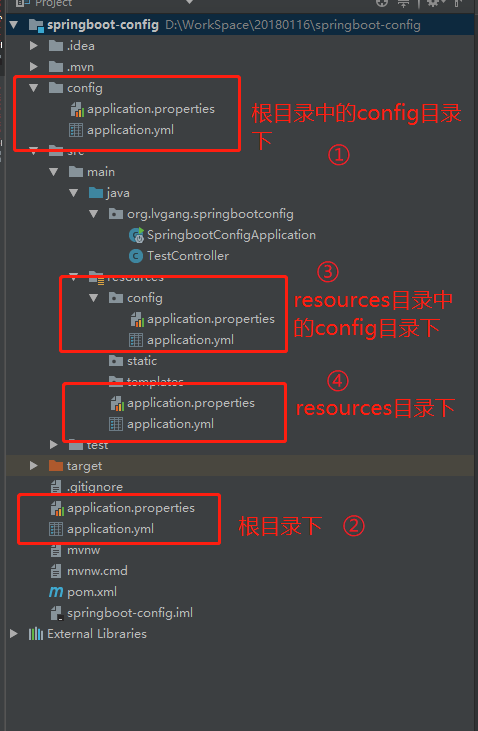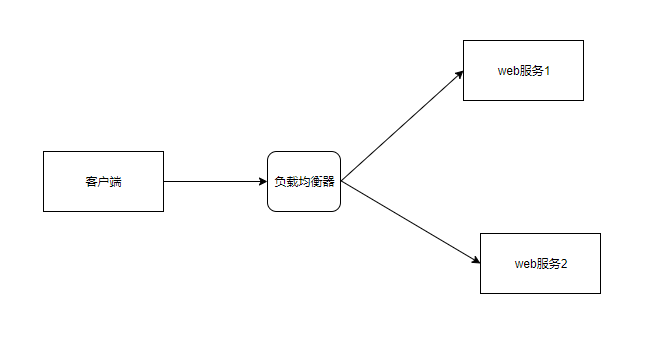POJ 1007 DNA Sorting
DNA Sorting
Description
One measure of ”unsortedness” in a sequence is the number of pairs of entries that are out of order with respect to each other. For instance, in the letter sequence ”DAABEC”, this measure is 5, since D is greater than four letters to its right and E is greater than one letter to its right. This measure is called the number of inversions in the sequence. The sequence ”AACEDGG” has only one inversion (E and D)—it is nearly sorted—while the sequence “ZWQM” has 6 inversions (it is as unsorted as can be—exactly the reverse of sorted).
You are responsible for cataloguing a sequence of DNA strings (sequences containing only the four letters A, C, G, and T). However, you want to catalog them, not in alphabetical order, but rather in order of ”sortedness”, from ”most sorted” to “least sorted”. All the strings are of the same length.
Input
The first line contains two integers: a positive integer n (0 < n <= 50) giving the length of the strings; and a positive integer m (0 < m <= 100) giving the number of strings. These are followed by m lines, each containing a string of length n.
Output
Output the list of input strings, arranged from ”most sorted” to “least sorted”. Since two strings can be equally sorted, then output them according to the orginal order.
Sample Input
10 6
AACATGAAGG
TTTTGGCCAA
TTTGGCCAAA
GATCAGATTT
CCCGGGGGGA
ATCGATGCAT
Sample Output
CCCGGGGGGA
AACATGAAGG
GATCAGATTT
ATCGATGCAT
TTTTGGCCAA
TTTGGCCAAA
Source
East Central North America 1998
Code
import java.util.Scanner;public class Main {public static void main(String[] args) {Scanner sc = new Scanner(System.in);int length = sc.nextInt();int time = sc.nextInt();String[] ss = new String[time];int[] ranks = new int[time];//存储每一个串的度量int i=0;//初始化字符串while(i<time){ss[i] = sc.next();i++;}//获取每个字符串的度量for(i=0;i<time;i++){int rank=0;for(int j=0;j<length;j++){String temp = ss[i].substring(j);//获取每一位开始的字串for(int k=1;k<temp.length();k++)if(temp.charAt(0)>temp.charAt(k))rank++;}ranks[i] = rank;}//根据度量排序字符串for(i=0;i<time-1;i++)for(int j=i+1;j<time;j++)if(ranks[i]>ranks[j]){int temp = ranks[i];ranks[i] = ranks[j];ranks[j] = temp;String tempSS = ss[i];ss[i] = ss[j];ss[j] = tempSS;}//打印结果for(i=0;i<time;i++)System.out.println(ss[i]);}}



































还没有评论,来说两句吧...